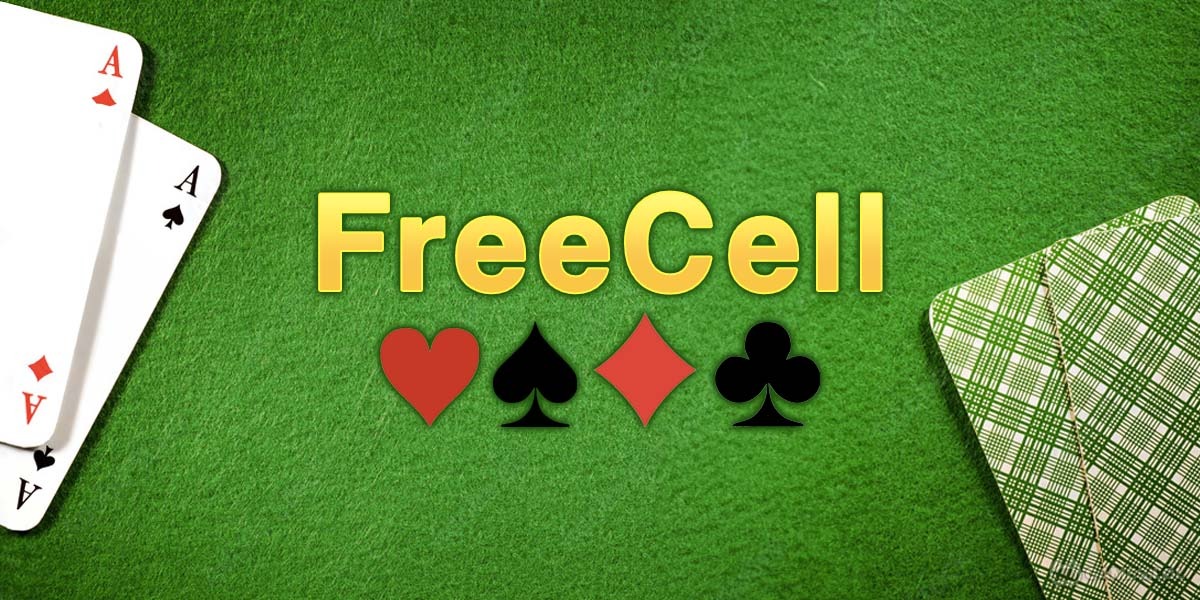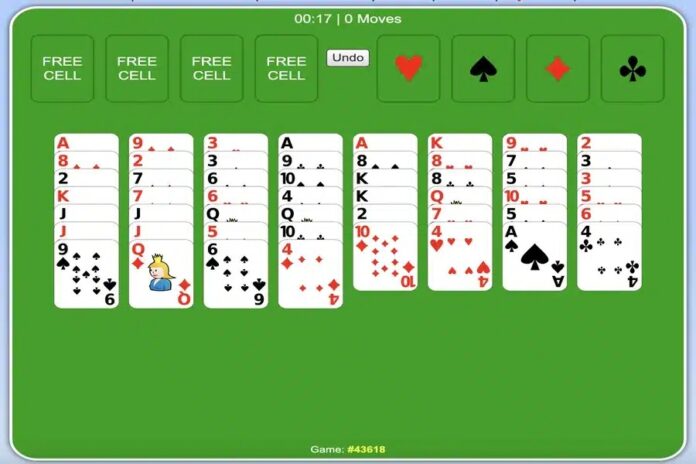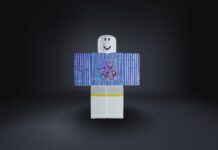In a world drowning in digital distractions, where every app competes for our fragmented attention with notifications and flashing alerts, true focus has become a precious commodity. We seek ways to carve out moments of quiet concentration, to engage in an activity that is challenging yet calming.
The answer, surprisingly, is not a cutting-edge app or a complex new puzzle game, but a decades old fixture of the digital desktop: freecell solitaire.
Often overlooked or simply taken for granted, this humble card game evolved from an obscure mainframe program into a global cultural touchstone, performing a vital, unheralded function for an entire generation of computer users.
Freecell solitaire is the ultimate digital classic for quiet moments of focus because it is a masterpiece of game design.
It strips away luck, demands pure logic, and offers a perfect, self contained refuge for the mind. This is the story of how a 52-card puzzle became the architect of digital concentration.
The Origin Story: From PLATO System to Global Phenomenon

To understand the enduring appeal of freecell solitaire, we must first trace its quiet, scholarly origins. Unlike many other digital games born from garage coding or commercial ventures, freecell solitaire was developed as an educational tool.
The game’s modern incarnation was codified by Paul Alfille in 1978 while he was a student at the University of Illinois for the PLATO educational computer system.
The key distinction Alfille made was a philosophical one: he insisted that the game should be solvable through logical deduction, not dependent on the random flip of a card.
This simple decision elevated the game from a pastime of chance to a rigorous, intellectual exercise.
The true explosion of its popularity, however, is a classic case of strategic cultural deployment.
When Microsoft included freecell solitaire as part of the Microsoft Entertainment Pack 2 for Windows 3.1 and later made it a standard feature of Windows 95, it was instantly installed on millions of computers globally.
This ubiquity was the single most important factor in its cultural ascension, turning the obscure card puzzle into the most accessible brain teaser available during the early digital age. It was a mandatory mental break, built right into the operating system.
The Architectural Genius: Perfect Information Design
The primary reason freecell solitaire fosters focus is its architectural design, which is rooted in the principle of perfect information.
In the standard solitaire variant, Klondike, a significant portion of the deck is hidden face down. This uncertainty means many hands are mathematically impossible to win.
Freecell solitaire changes the entire dynamic. All 52 cards are dealt face up into the eight cascades from the beginning.
- Elimination of Chance: Since all information is available, the game’s outcome relies entirely on the player’s choices, not the luck of the draw. This relieves the psychological stress of arbitrary loss.
- Focus on Process: The player’s attention shifts from hoping for a good card to planning the optimal sequence of moves. It transforms the game from a test of luck into a transparent, solvable puzzle.
This perfect information environment is the engine of concentration. It creates a closed system where the only factor is the player’s sustained, logical thought.
When engaged in a hand of freecell solitaire, the mind is singularly focused on the 52 cards, freed from the unpredictable variables that plague other forms of digital entertainment and daily life.
The Psychology of Focus: How Freecell Induces Flow

For many, playing freecell solitaire is a deeply calming activity, a brief, productive retreat. This sense of quiet concentration relates directly to the psychological concept of Flow State, a term coined by psychologist Mihaly Csikszentmihalyi. Flow is the energized state of complete immersion in an activity.
Freecell solitaire is perfectly structured to induce this state:
1. Clear Goals and Unambiguous Feedback
The goal is always clear: move all cards from the tableau (cascades) to the foundation (home cells) in ascending suit order. The rules are few, simple, and constant.
Every move provides immediate, direct feedback. The card either fits the sequence or it doesn’t. This instant, clear confirmation keeps the mind locked onto the task at hand, preventing distraction.
2. The Balance of Challenge and Skill
The game sits in the ideal sweet spot between complexity and manageability. It is sufficiently difficult to demand full attention requiring sequential planning several steps deep but it is not so overwhelming that it causes frustration or anxiety.
The knowledge that the deal is solvable provides the foundational psychological security that allows the player to concentrate fully on the process of solving, rather than the anxiety of potential failure. This balanced challenge maintains the flow state.
3. Concentration as Meditation

The relentless focus required to manage the scarce resources of the four freecells is the heart of the game’s meditative quality.
The player must be completely present, tracking the location of every card and calculating the precise moment a freecell must be used and immediately freed.
This intense, singular focus on the mechanics of the game effectively silences the “internal monologue” of worries, anxieties, or distractions, offering a pure moment of cognitive presence. It is a brief, intense, and productive form of quiet.
The Strategic Demands: Architects of the Tableau
True focus in freecell solitaire is not passive; it is an active, demanding process built on sophisticated resource management and long term planning.
Resource Scarcity: The Disciplined Use of the Freecells
The four freecells are the game’s ultimate strategic bottleneck. A novice player fills them carelessly, resulting in a locked board. The expert player, committed to a quiet, focused solve, treats them with absolute discipline.
They are not storage; they are borrowed time. The true measure of strategic focus is the speed and efficiency with which a card is moved out of a freecell after being moved in.
This management teaches a powerful lesson in resource allocation: never commit a resource without a plan for its immediate recovery.
This disciplined, forward thinking approach prevents panic and maintains a focused, methodical pace throughout the game.
The Power of Empty Columns: Strategic Freedom

The most critical strategic element that rewards deep focus is the creation and utilization of an empty cascade (or column). This is not just clearing a space; it is dramatically increasing the player’s mobility.
Think of the freecells as small storage cabinets and the cascades as long, multi-lane roads. An empty freecell helps a little. But an empty cascade is like opening a whole new, unrestricted highway. It vastly increases the length of the sequences the player can move at one time.
The dedicated player focuses on clearing the columns first, knowing this upfront effort yields massive freedom later on.
This requires patience and foresight, committing moves that may not seem immediately useful but are essential to unlock the overall mobility of the board.
This lesson that upfront, deliberate effort is required to unlock subsequent flexibility is a cornerstone of focused strategic planning.
Sequential Depth and Unblocking
The quiet focus of freecell solitaire is channeled into a single, overriding goal: unblocking the Aces and Twos to move them to the foundation. This requires intense sequential depth, visualizing the “unblocking chain”:
- Identify the lowest-ranking blocked card (e.g., the Ace of Spades buried under a Red 7).
- Plan the minimum number of moves necessary to clear that Red 7, using the least number of freecells possible.
- Execute the plan methodically, resisting the temptation of easier, non essential moves that might disrupt the sequence.
This commitment to a long-term goal over short term distraction is the ultimate exercise in sustained focus.
The Cultural Impact: The Digital Palate Cleanser
The ubiquity of freecell solitaire on work computers throughout the 1990s and 2000s cemented its role as the digital tool for quiet focus.
It was the perfect “palate cleanser” for the busy professional. Unlike web browsing or complex games, a hand of freecell solitaire has a defined start and finish.
It is discrete, easily contained, and non-distracting to colleagues.
It offered the brain a structured break: five minutes of intense, logical problem solving that provided a mental reset without losing context on the larger work tasks.
It provided quiet competence in the professional environment.
Furthermore, the standard 32,000 numbered deals, available across millions of machines, created a shared global benchmark.
The community struggled collectively with the infamous, almost impossible Deal #11982, demonstrating the intellectual rigor underpinning the simple card game.
This shared intellectual struggle elevated the game from mere software to a piece of cultural history.
Practical Takeaways for Focus and Flow

The unique structure of freecell solitaire offers practical lessons we can apply to improve focus in our daily lives:
- Identify the Freecells in Your Life: Recognize your finite resources (time, energy, focus) and treat them with scarcity. Don’t waste your “freecells” on trivial, non essential tasks. Reserve them for moves that create exponential progress.
- Plan the Recovery: Before starting a complex task, always plan the “recovery move.” How will you quickly return your primary resources (your focus, your desk space, your time budget) to a stable, ready state?
- Target the Bottleneck: In any project, immediately identify the “Ace” (the foundational task) and the “King” (the biggest blockage). Channel your initial, highest energy focus directly into unblocking the bottleneck, ignoring side tasks until the critical constraint is removed.
By engaging with freecell solitaire, we practice not just moving cards, but the discipline of sustained, logical attention.
Conclusion: The Enduring Quiet
Freecell solitaire endures as a digital classic not because it’s a distraction, but because it is an engine of focus. It provides a unique, elegant solution to the human need for quiet, productive concentration.
By eliminating luck, imposing strict logical constraints, and rewarding sophisticated sequential planning, the game creates a perfect, self contained environment for the mind to enter a state of flow.
The next time you seek a true moment of mental clarity, skip the endless scroll. Turn to the digital tableau. In the quiet, strategic manipulation of 52 cards, you’ll find the focused serenity that only the mastery of freecell solitaire can provide.







